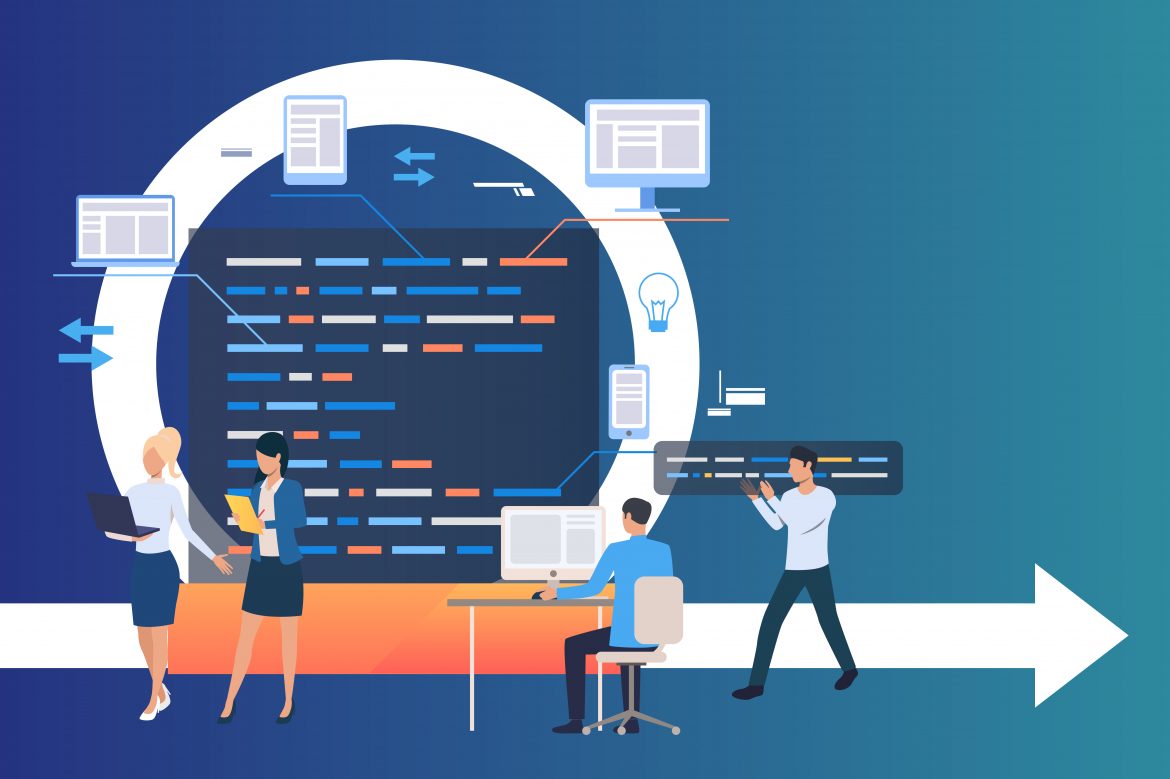The rise of no-code technologies represents one of the most significant shifts in the history of software development. For decades, building applications, automating processes, or deploying custom digital solutions meant relying heavily on teams of developers fluent in various programming languages, working within frameworks that often required considerable time and investment. In this environment, innovation sometimes moved at the pace of coding complexity rather than business need.
No-code platforms turn this paradigm on its head. They allow professionals — from marketing specialists to operations managers and entrepreneurs — to directly translate their ideas into functional digital tools without writing a single line of code. With intuitive visual interfaces, drag-and-drop components, and pre-configured modules, what once demanded weeks of coding effort can now be accomplished with a few clicks.
Beyond accelerating development cycles, no-code also reshapes collaboration. Previously, translating business requirements into technical specifications was a process filled with bottlenecks, misunderstandings, and rework. With no-code tools, stakeholders themselves can build prototypes, test workflows, and validate ideas in real time — significantly reducing the back-and-forth between technical and non-technical teams. This shared understanding fosters more inclusive innovation and dismantles the traditional silos between departments.
Perhaps even more importantly, the flexibility and scalability of no-code environments prove that simplicity does not equate to lack of sophistication. Businesses can still capture intricate workflows, connect with enterprise systems, and ensure compliance with industry standards — all through user-centric, visual workflows that mimic real-world processes. The power of no-code lies in making advanced problem-solving approachable, turning complex business logic into something both manageable and adaptable.
By prioritizing accessibility, organizations are learning that digital sophistication is not always about lines of code—it’s about creating a foundation where innovation, speed, and adaptability are at the forefront of any project, no matter the size or scope.
The practical value of no-code becomes especially evident when examining its real-world applications. Businesses constantly grapple with repetitive manual operations, data inconsistencies across platforms, and the cost of custom development. No-code platforms address these challenges by introducing automation, integration, and customization within easy reach.
For instance, instead of manually updating spreadsheets or transferring data between systems, an organization can implement automated workflows that sync data between CRM tools, marketing platforms, and internal dashboards. Similarly, decision-tree logic builders allow business analysts to map out customer service protocols or approval chains visually, ensuring consistency while saving time. These capabilities are often embedded into straightforward dashboards that non-technical staff can operate confidently.
What makes these solutions transformative is how enterprise-grade power becomes democratized. Previously, automating cross-department workflows or linking to APIs required dedicated IT resources. Now, startups, small teams, and even individuals can achieve the same outcomes by leveraging drag-and-drop mechanics or pre-built connectors. The result is not just faster execution but also lower costs, as organizations eliminate the need to constantly lean on extensive development teams for every small adjustment.
Equally vital is the reduced risk factor. Traditional coding can sometimes introduce vulnerabilities when rushed or poorly documented. With no-code solutions, adjustments can be tested and implemented iteratively without the fear of breaking a legacy system. This resilience strengthens digital transformations by making them sustainable, agile, and future-ready.
Ultimately, no-code showcases that technology does not need to be an obstacle guarded by technical expertise. Instead, it acts as a true collaborator, enabling creativity, streamlining complexity, and empowering people at all organizational levels to take part in problem-solving. This represents an evolutionary step in digital strategy: moving from dependency on specialized resources toward a future where technology serves human ingenuity, not the other way around.

